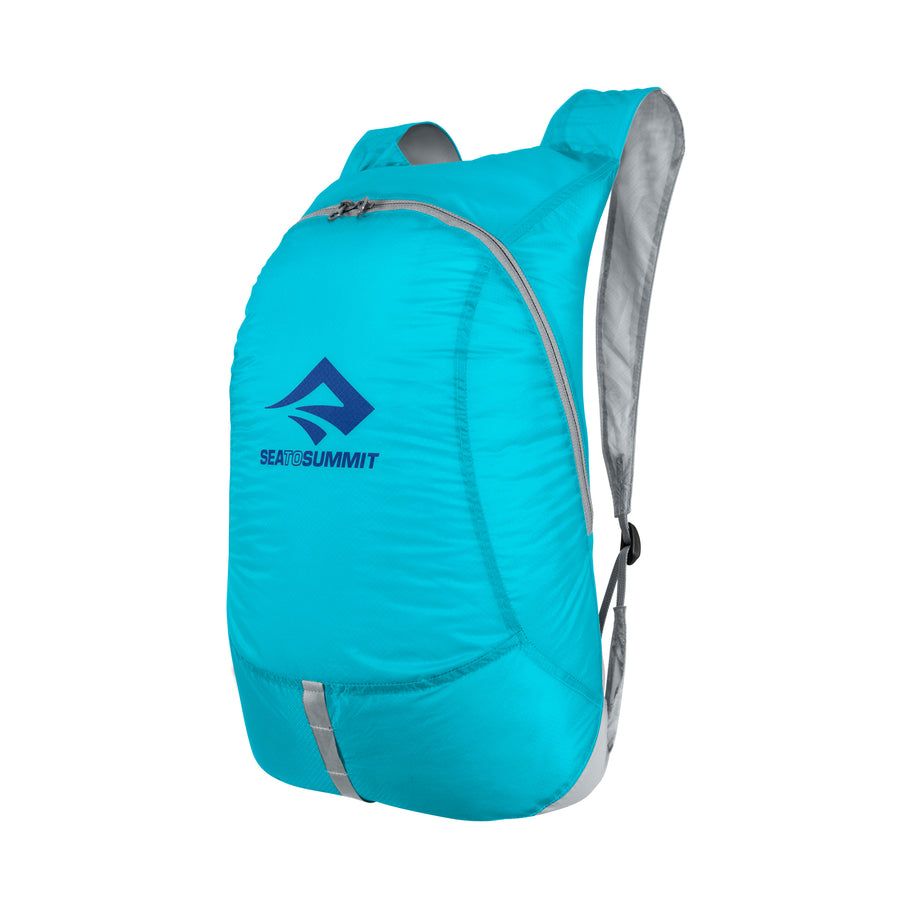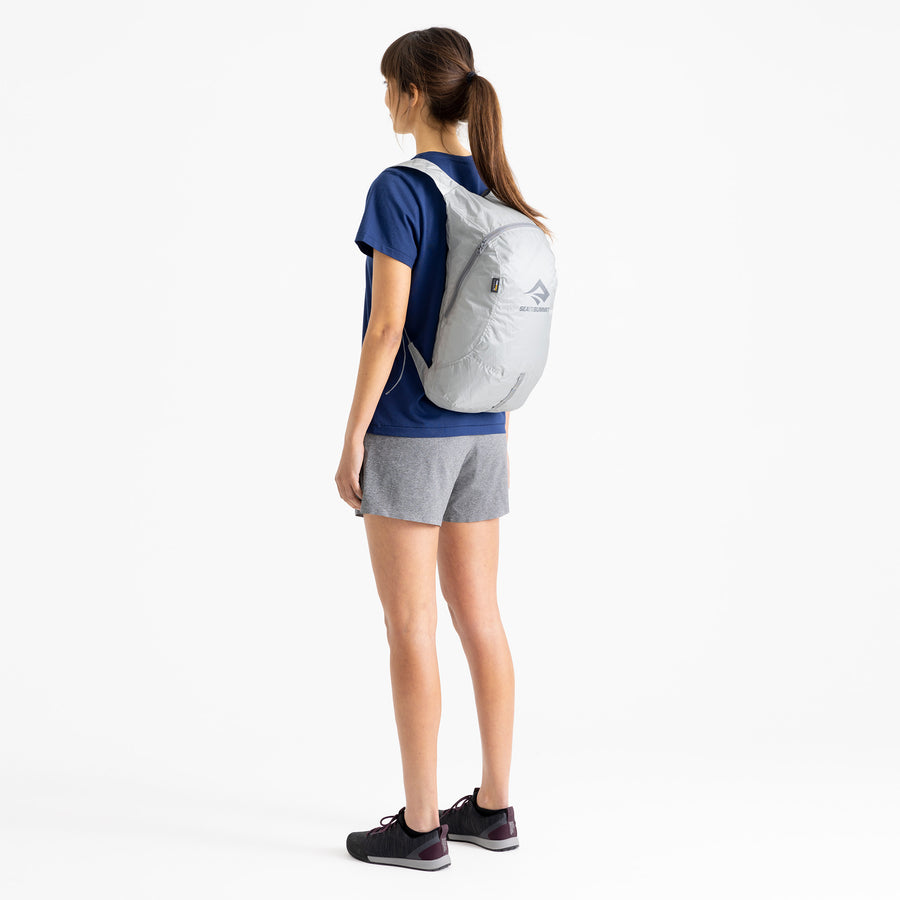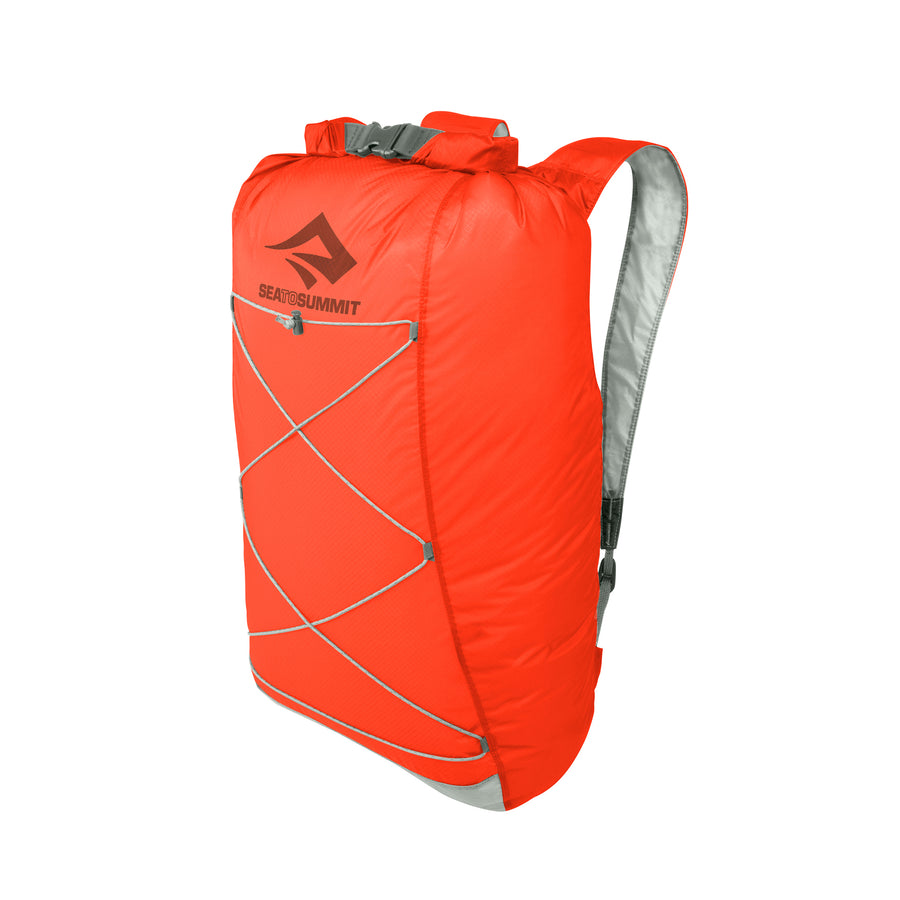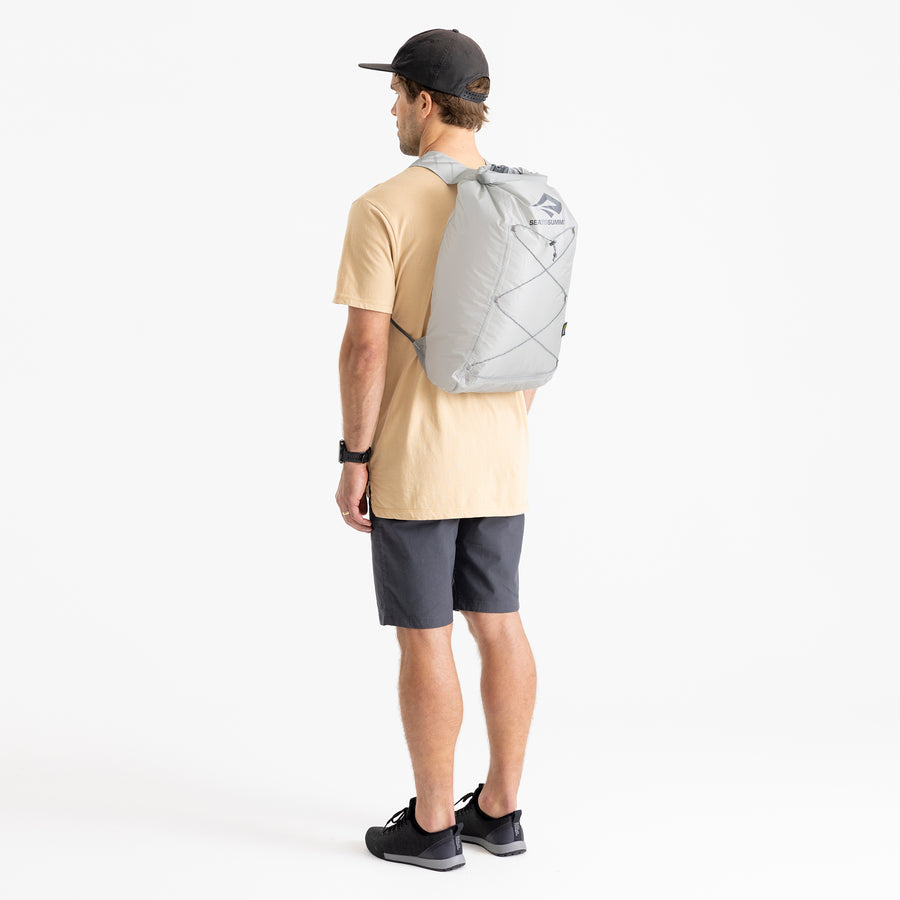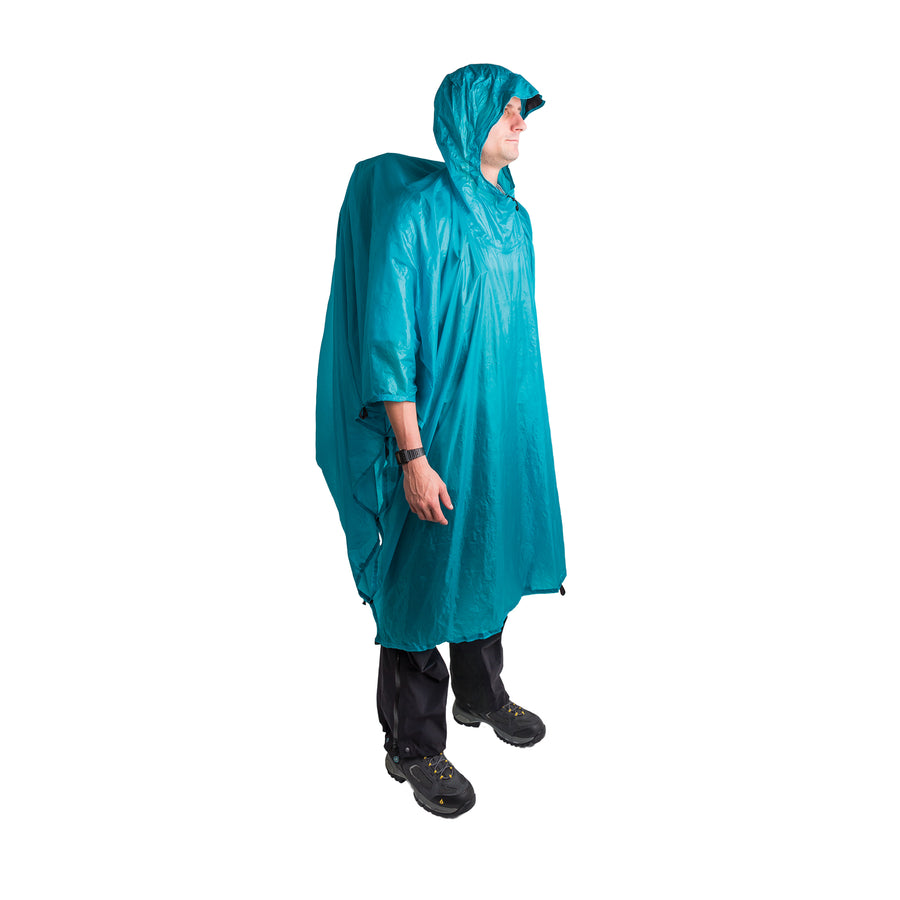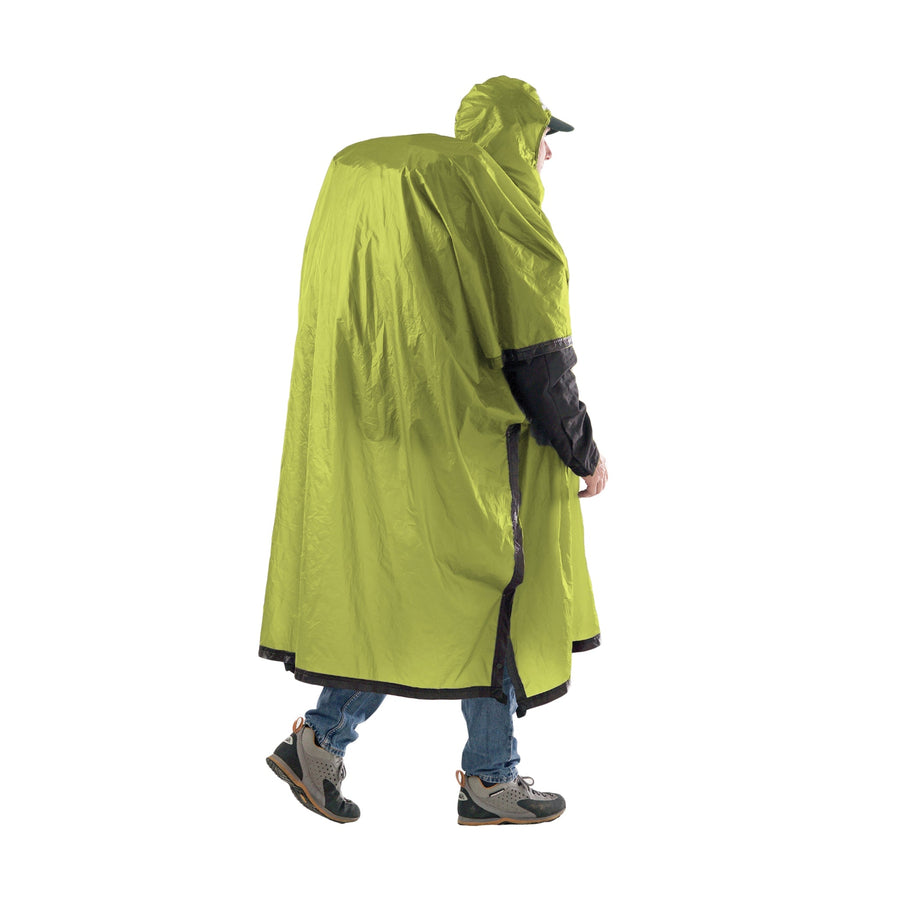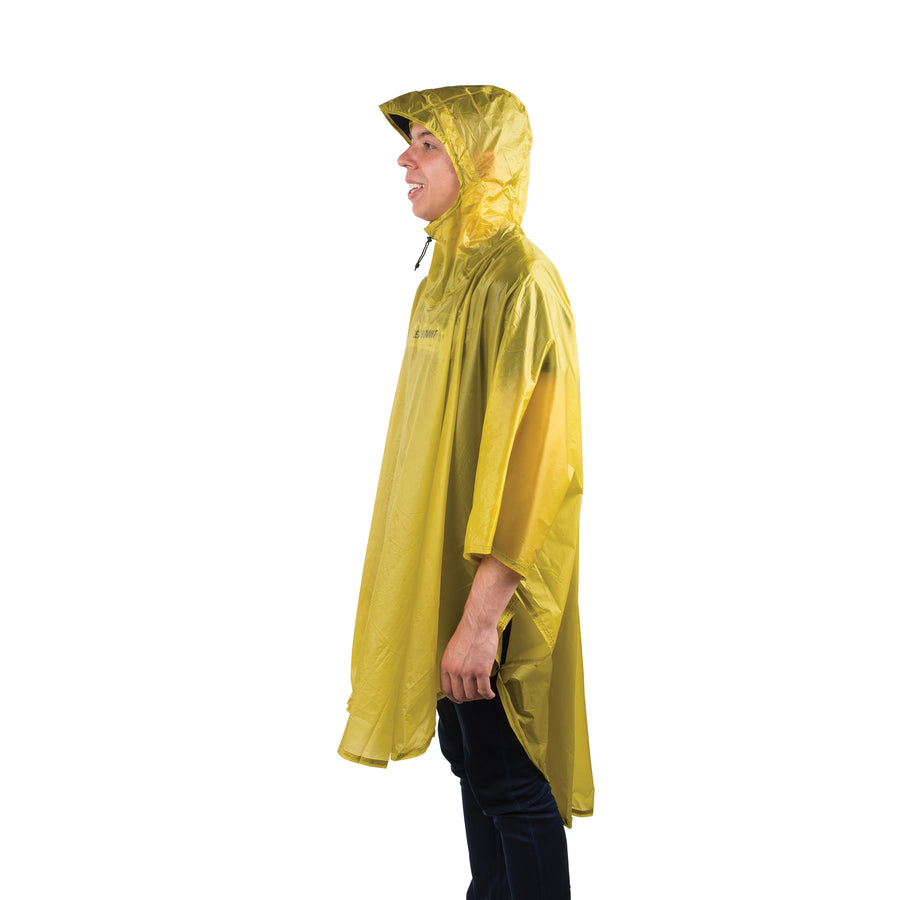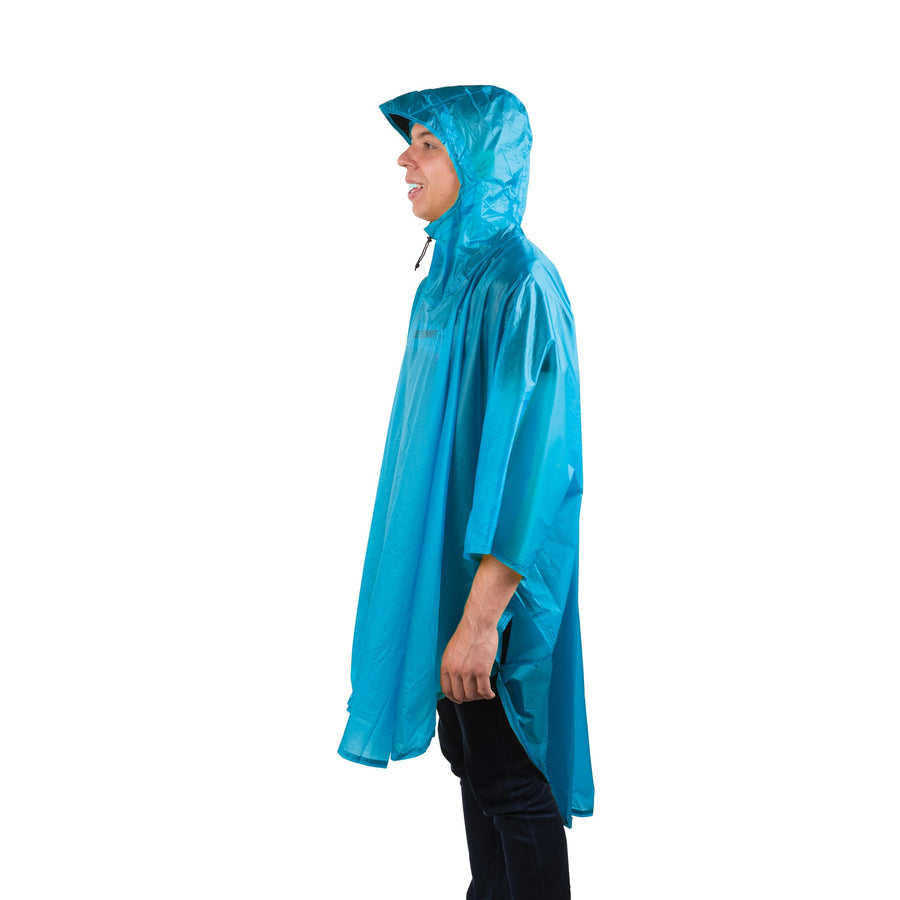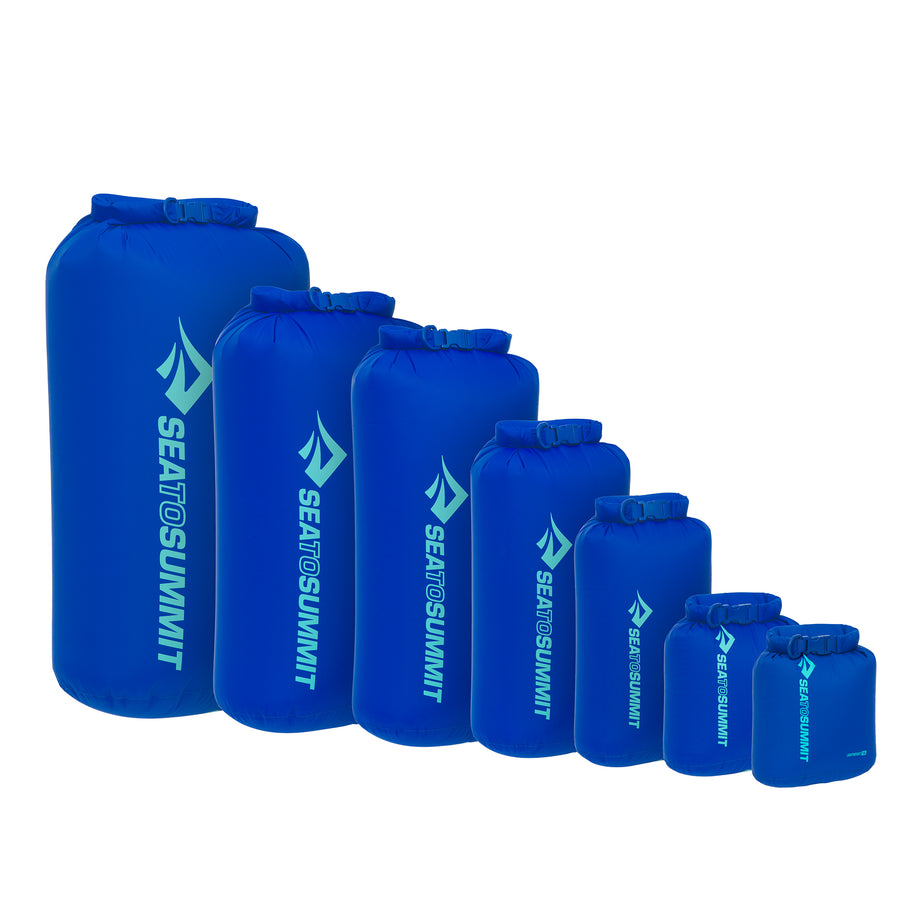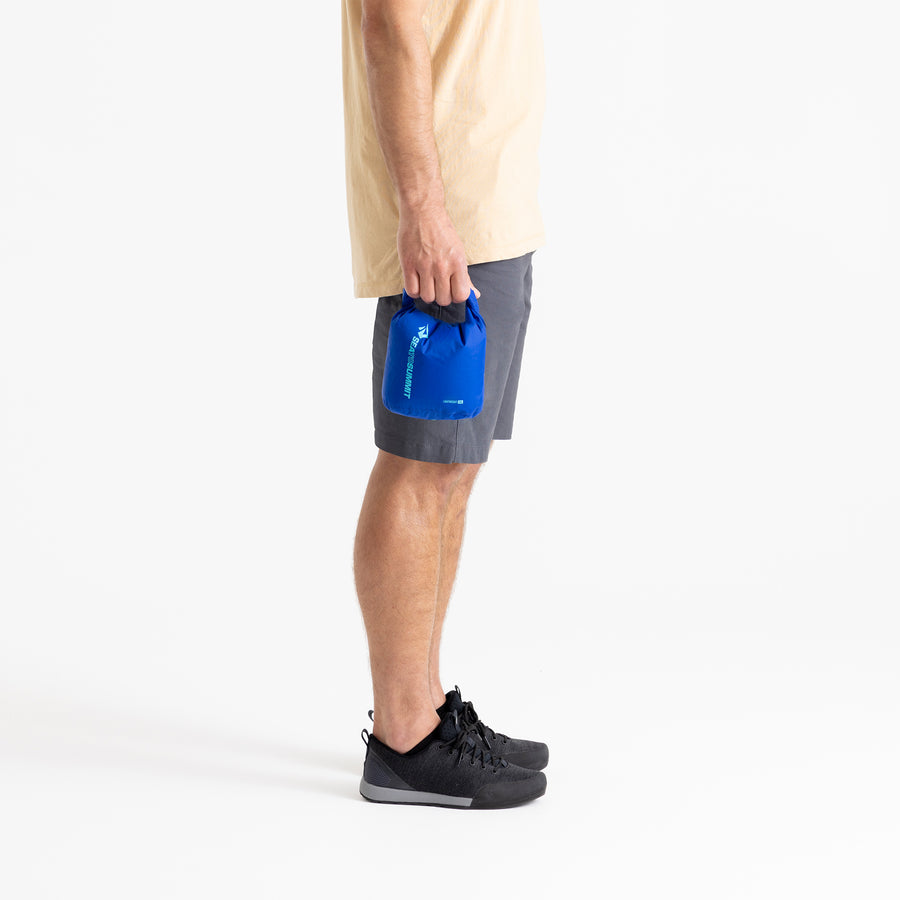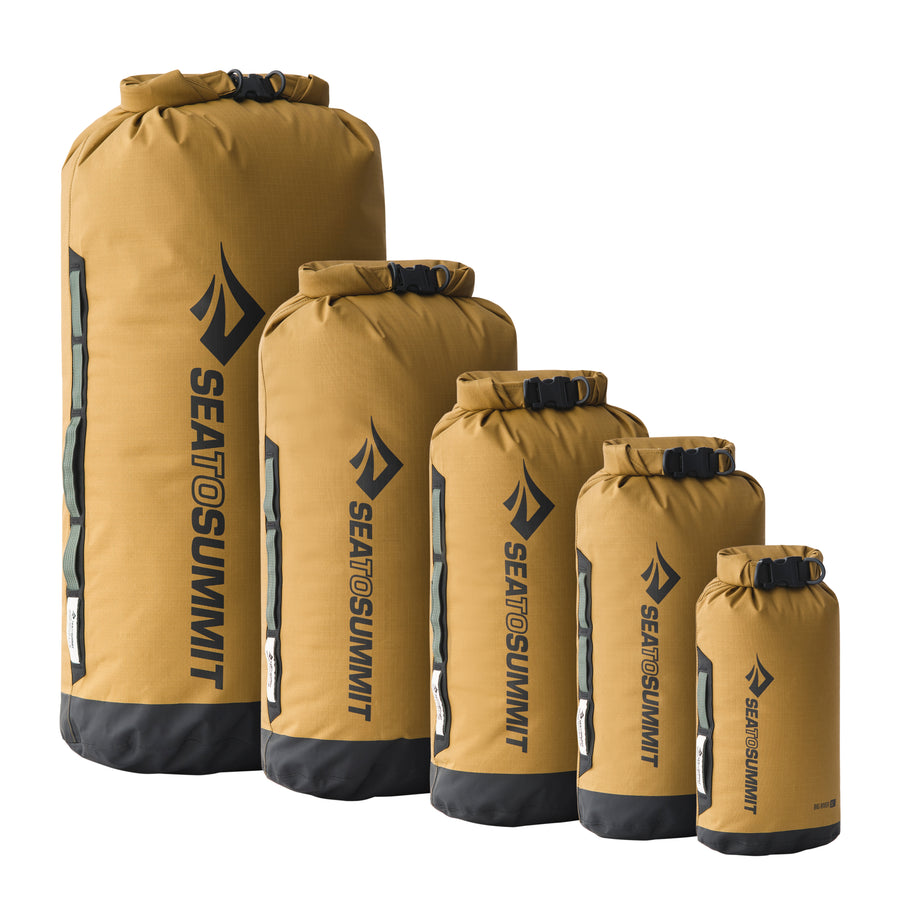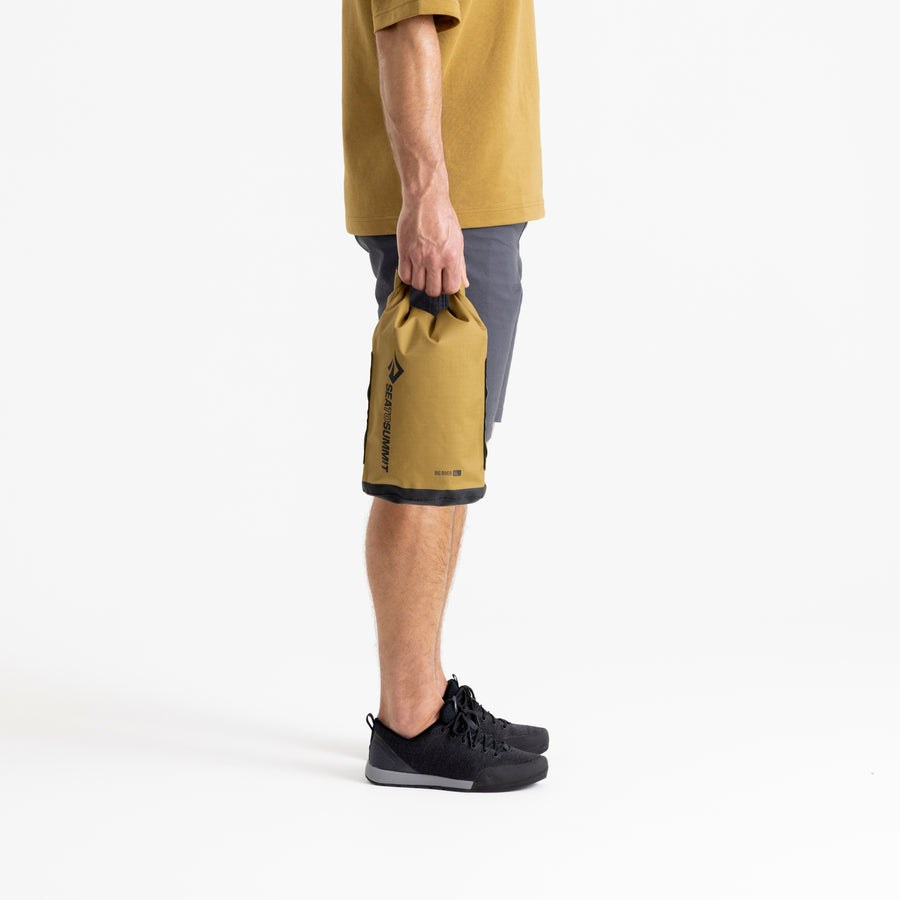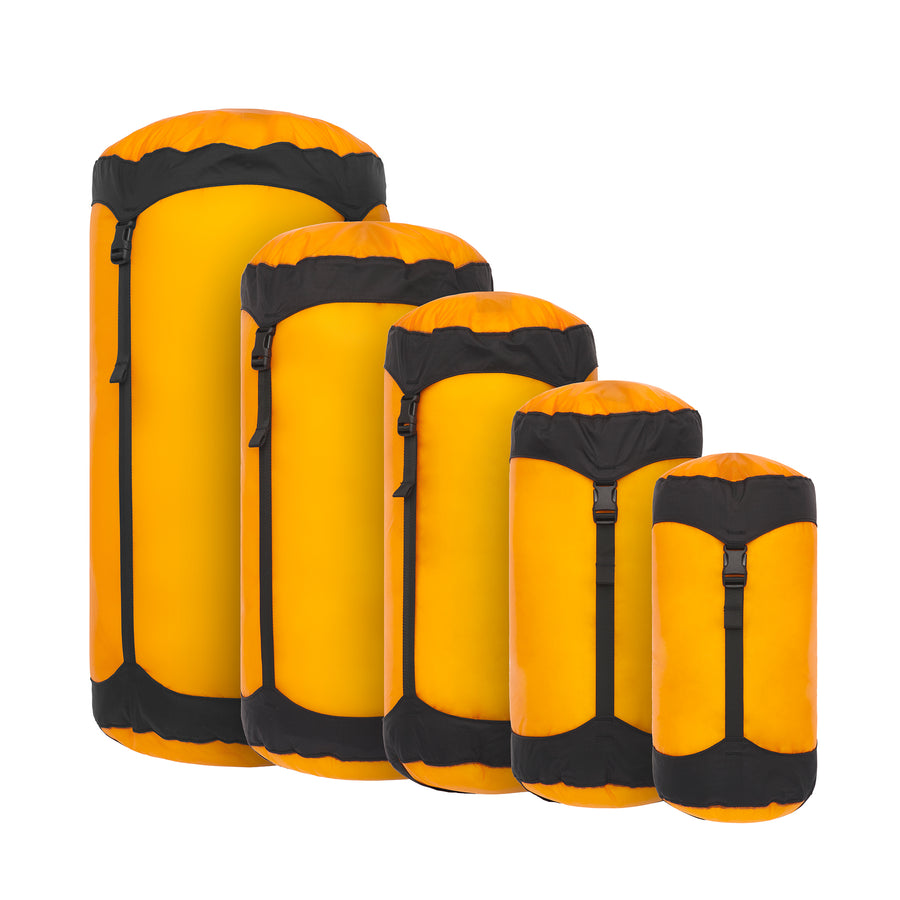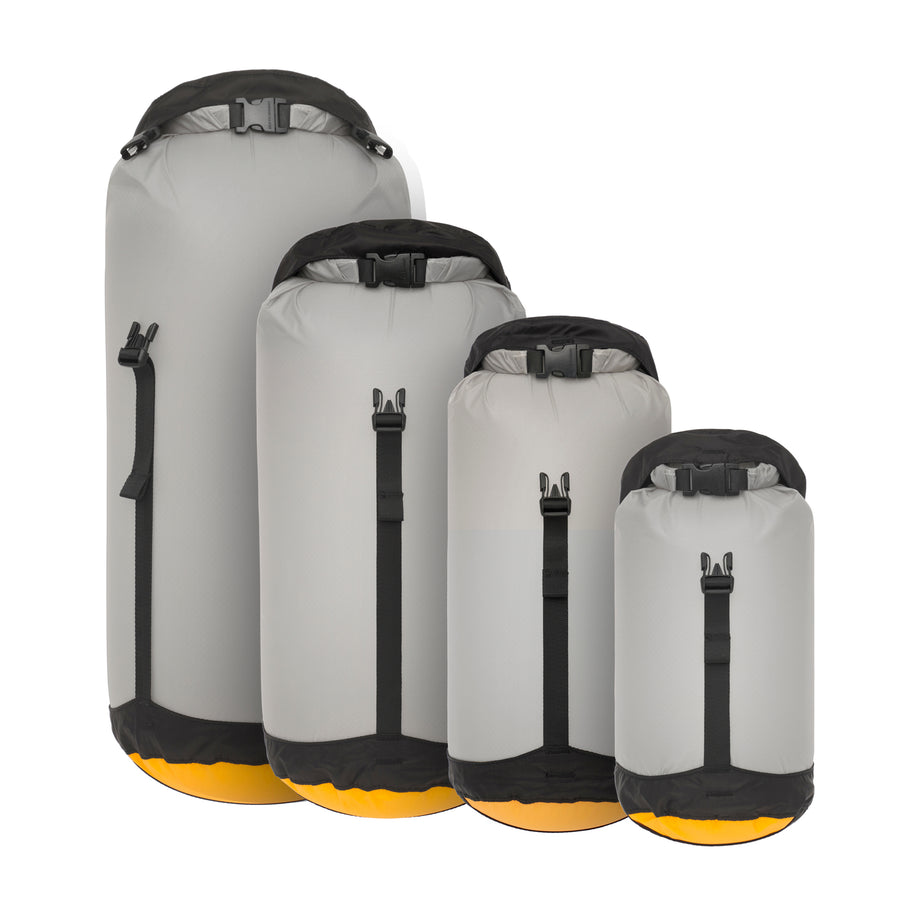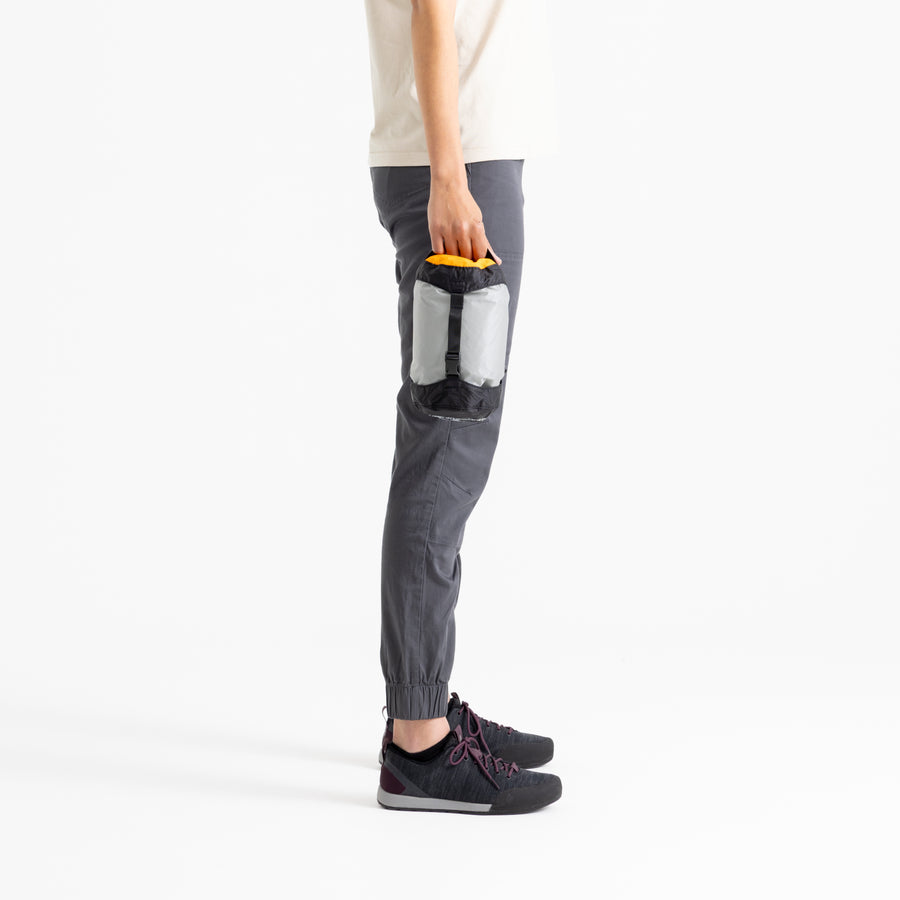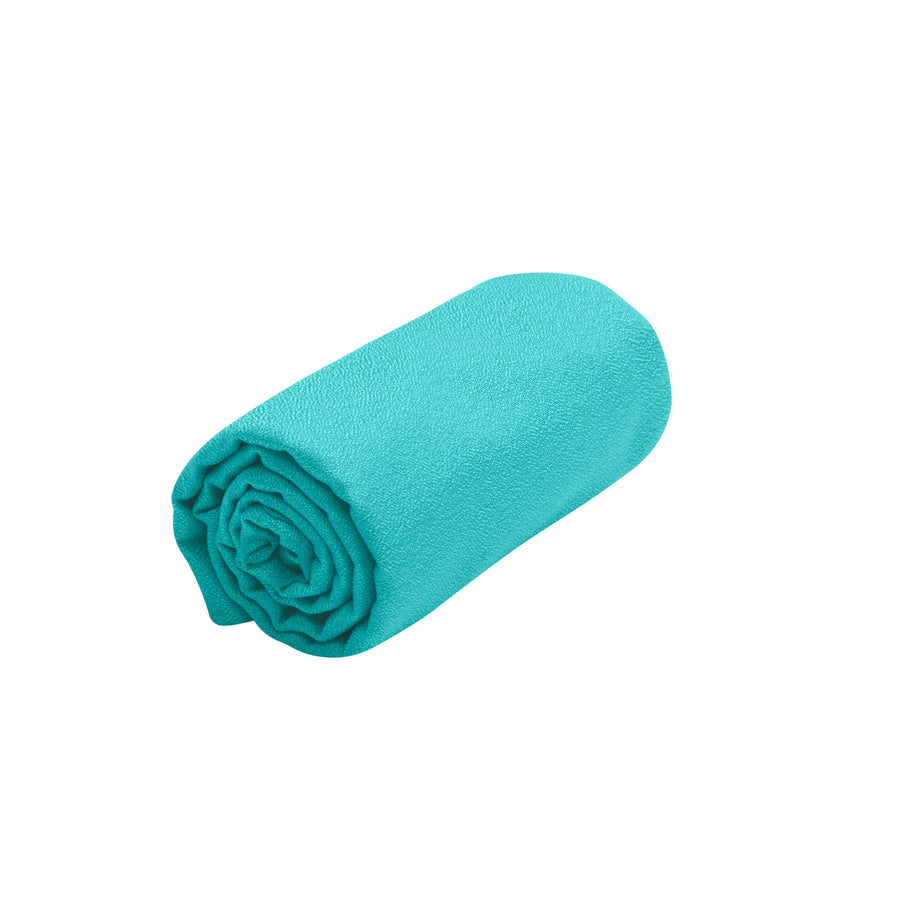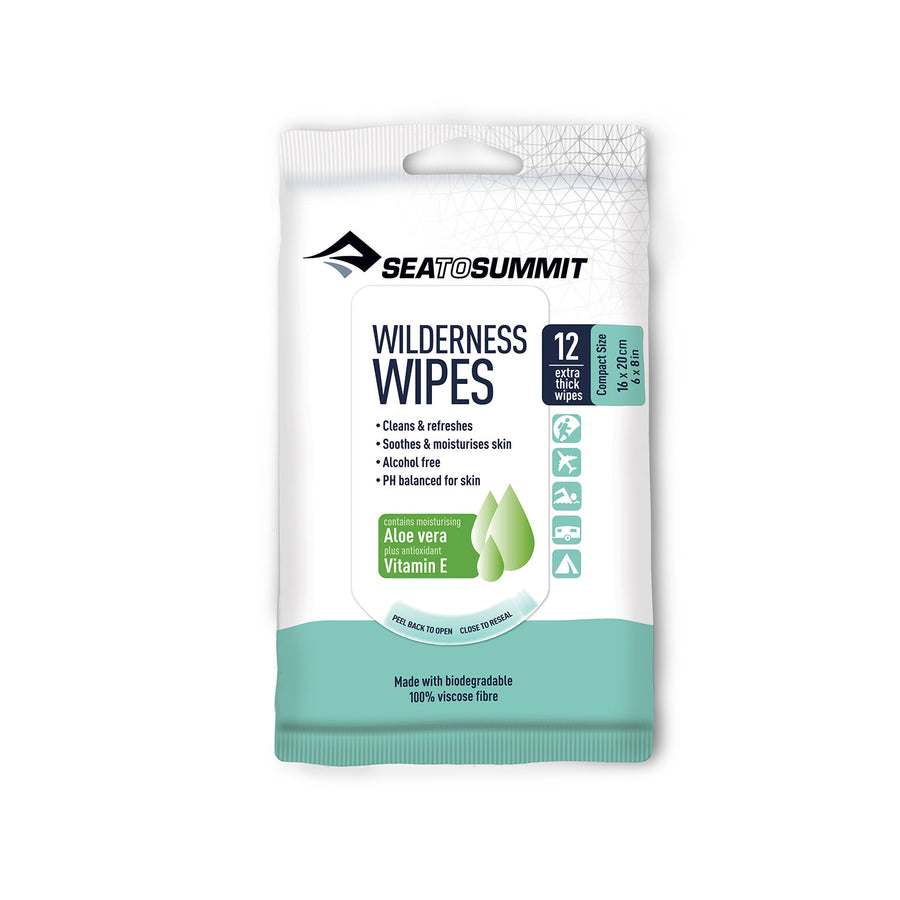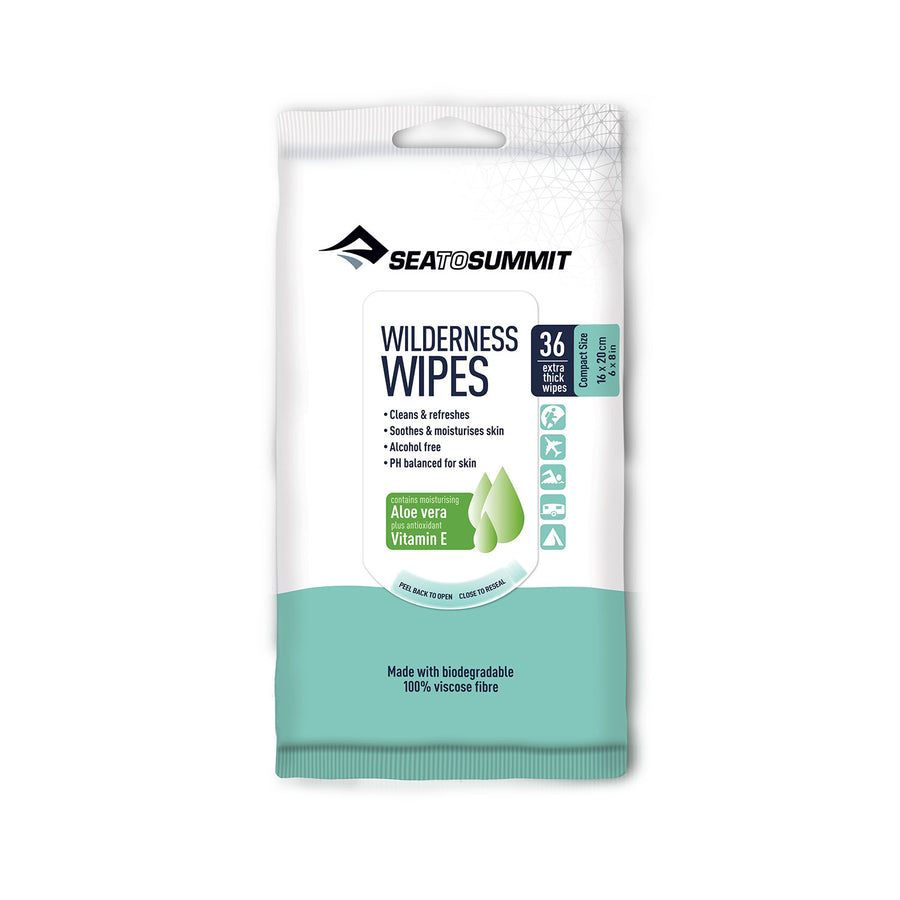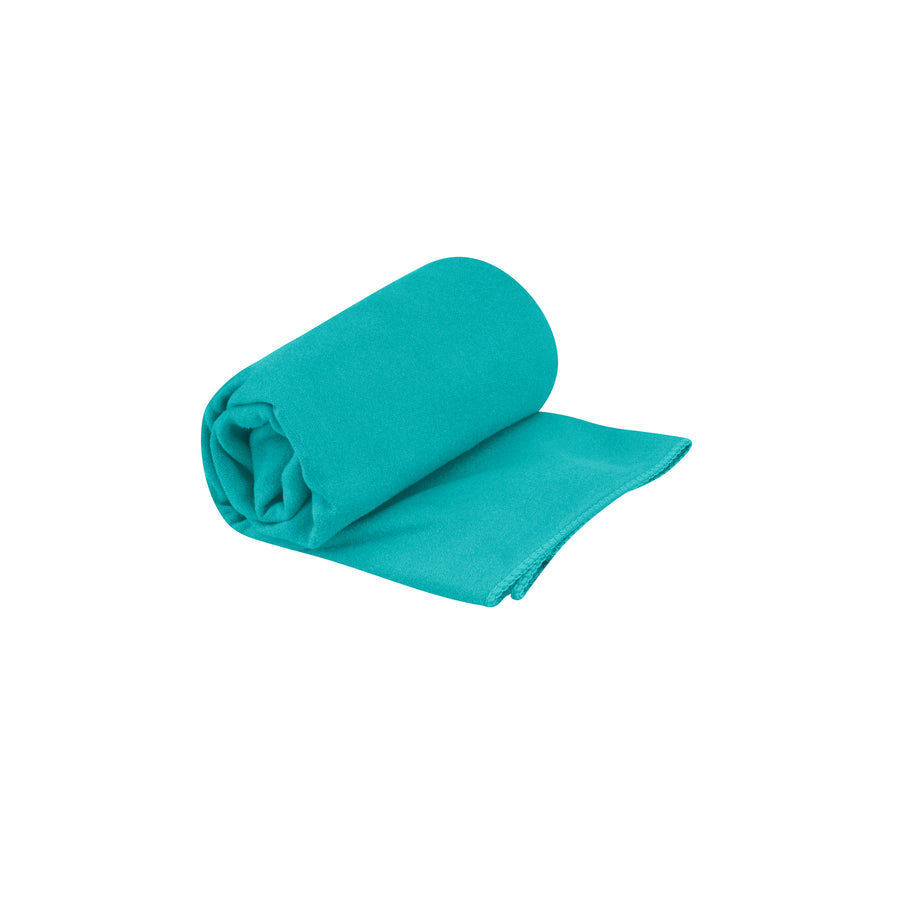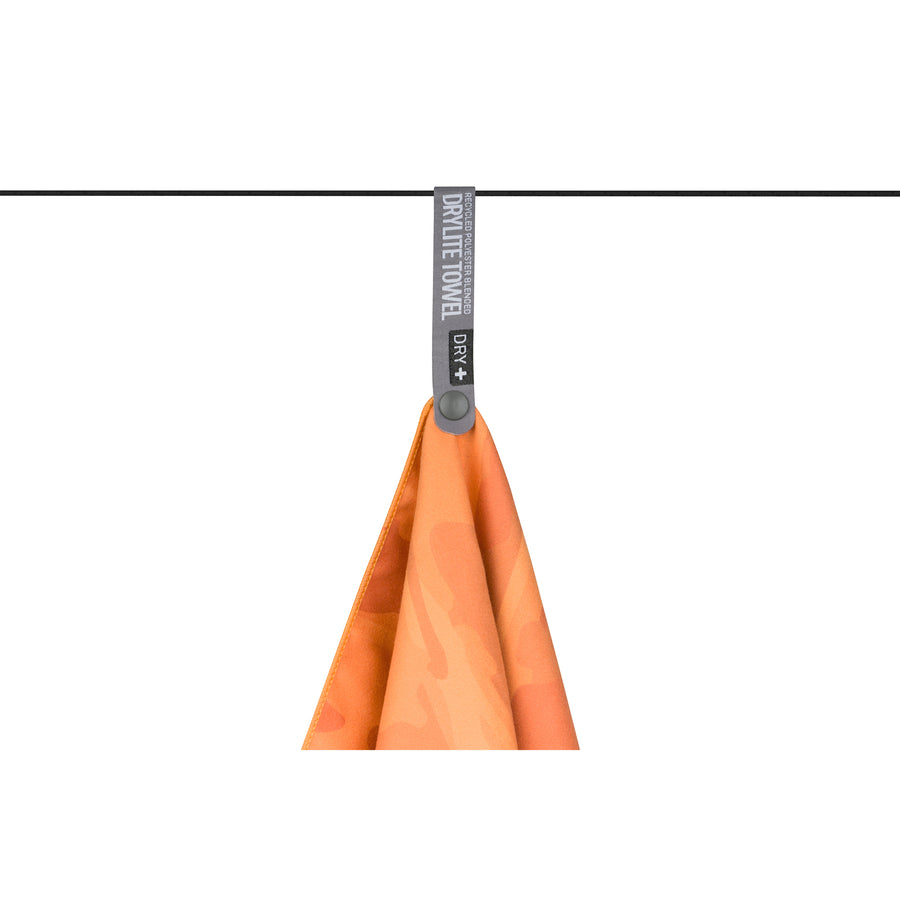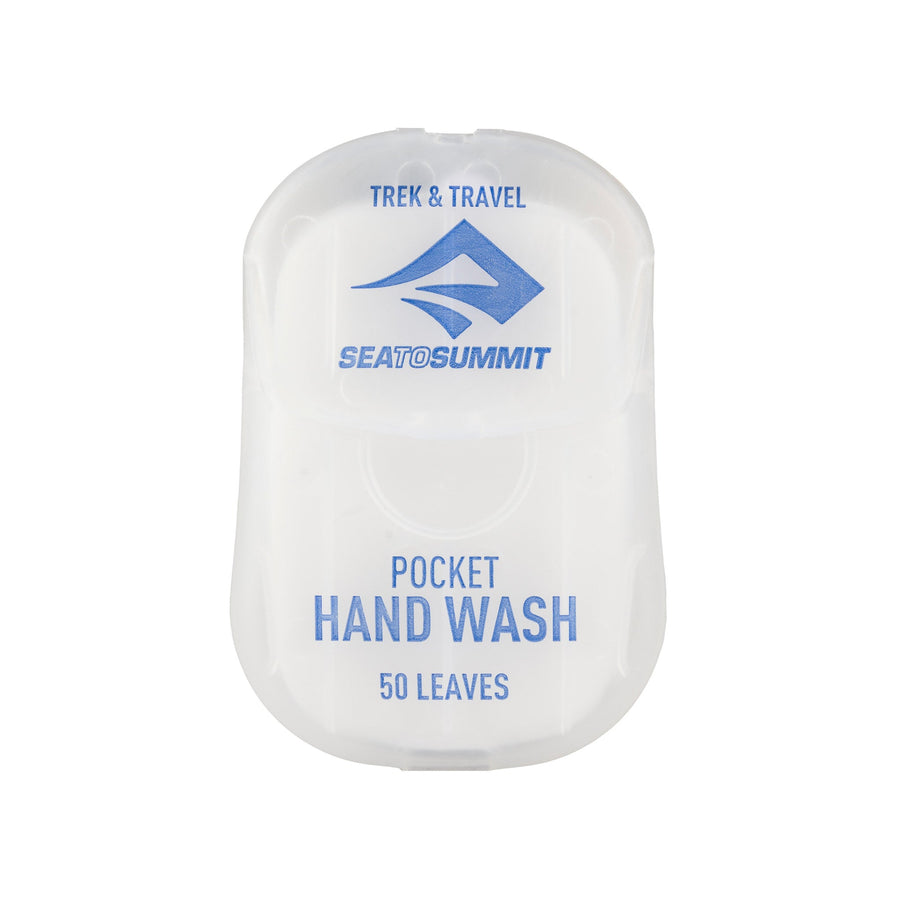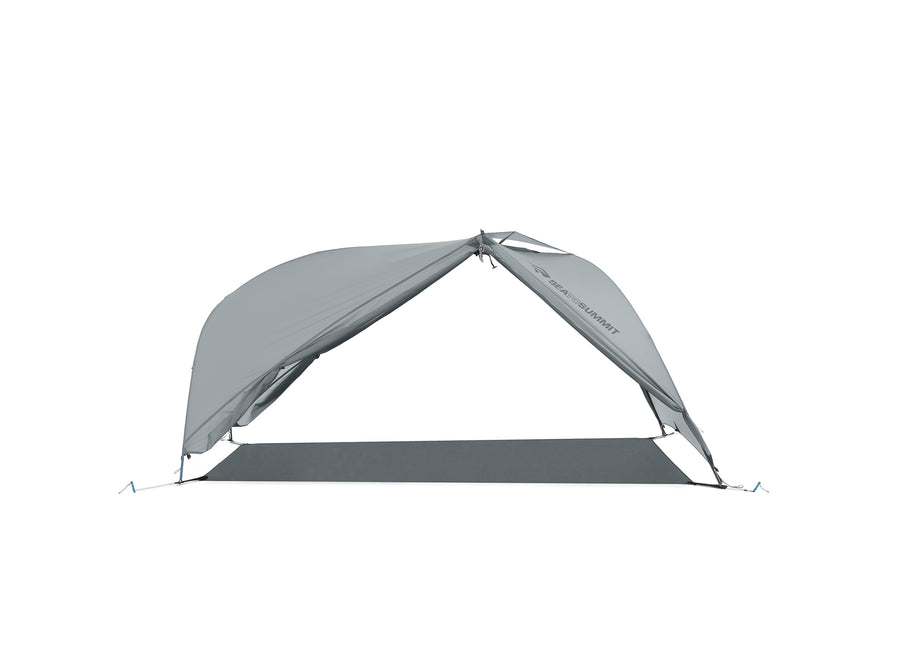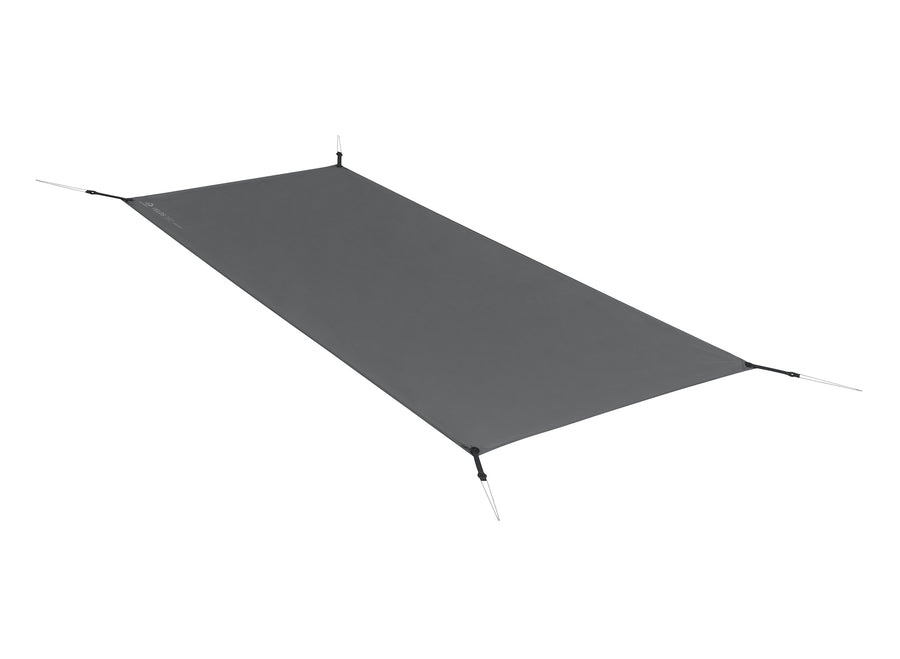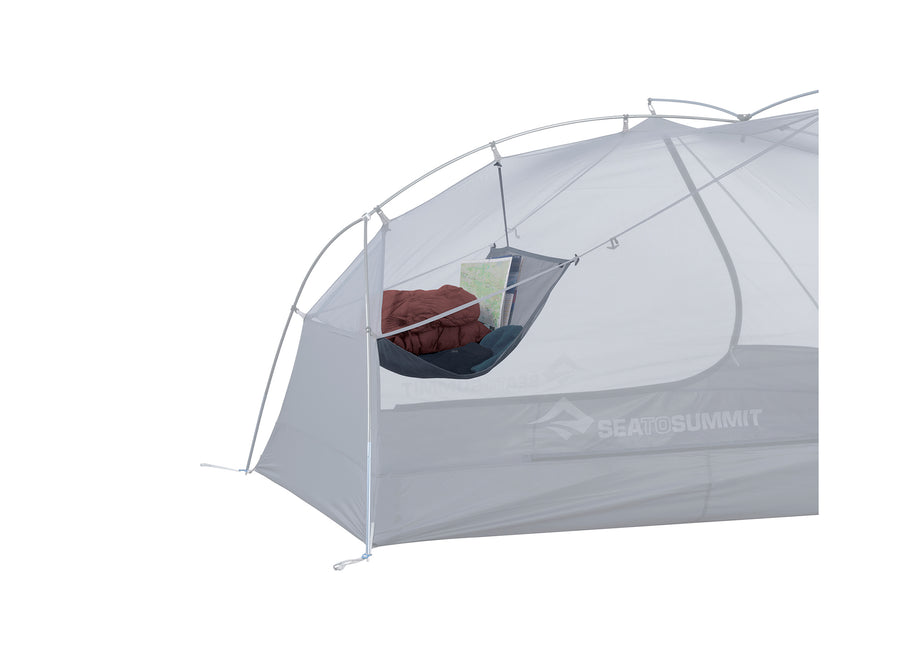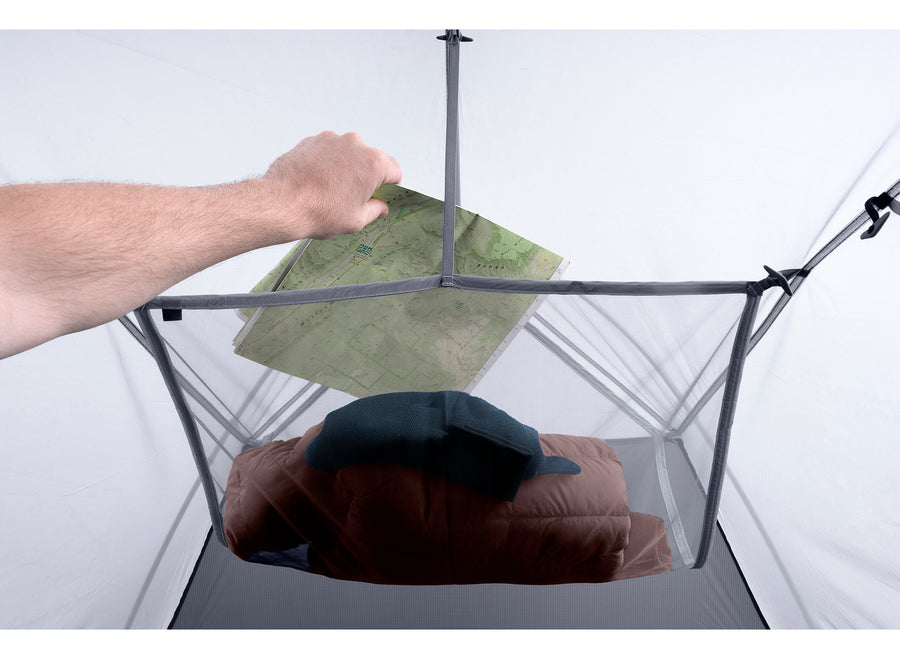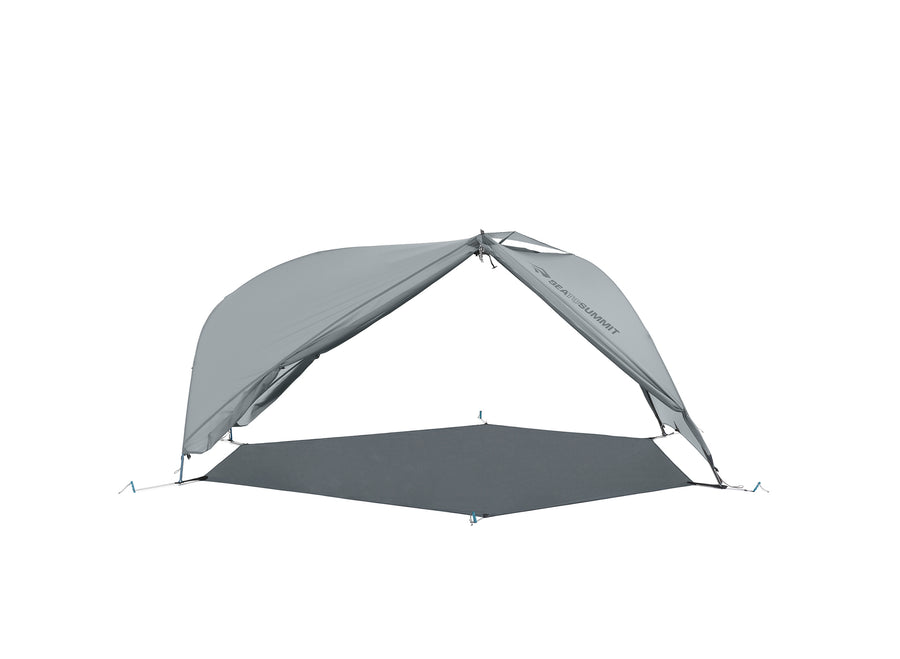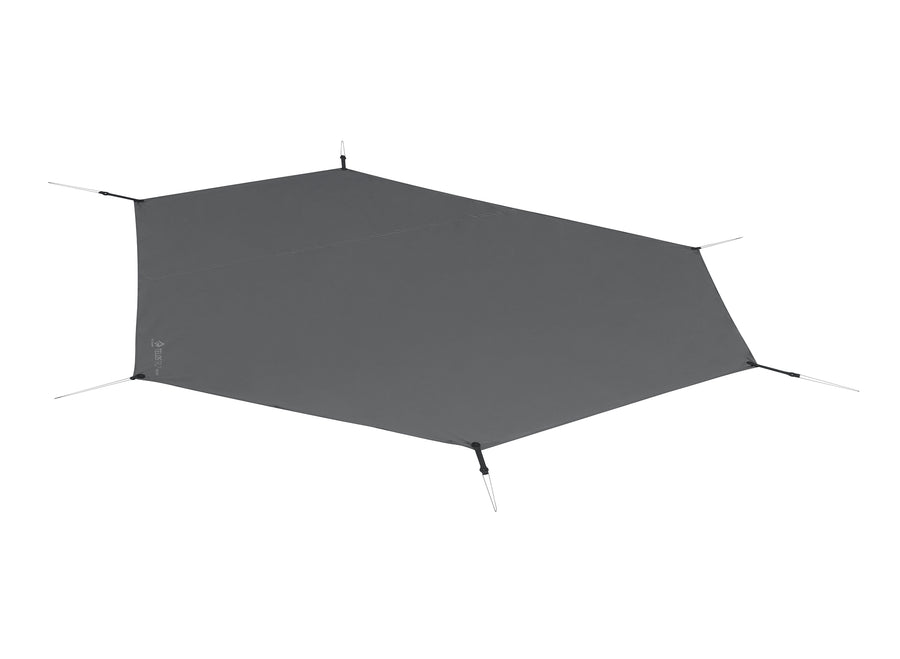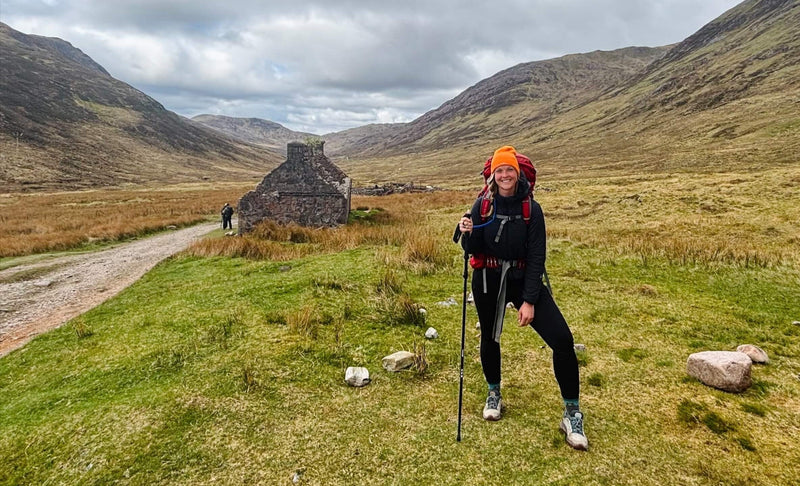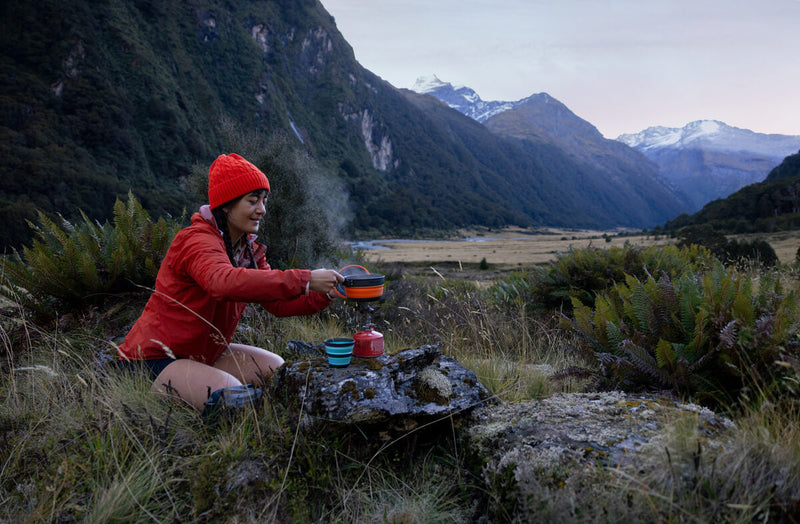Traveling in bear country

Late Spring means warmer weather, longer days and backcountry trails finally free of snow. In North America, depending on your location, it can also mean that bears – who woke from their hibernation some months earlier - are actively out foraging. In the case of female bears, they will be accompanied by their cubs.
If you are going to venture into bear country, you therefore need to know how to avoid contact – and possible confrontation – with bears. Here are a couple of practical tips for doing both:
Pack your food in a bear canister
This is a different strategy than hanging up food in a ‘bear bag’ at camp. In many National Parks / Provincial Parks and other wilderness areas, bear canisters are mandatory. They almost always offer a more secure form of storage than suspending food in a tree, given how good bears are at climbing trees and how little effort some backpackers are prepared to expend to get a cord far enough up onto a difficult-to-reach branch.
You have to pack your food fairly tightly inside a canister; but because it is a hard-sided container, you can use it transport softer foods which you wouldn’t otherwise carry in a backpack.
The downside of bear canisters is that they have traditionally been a little difficult to fit into a backpack. The Ask Baz team was therefore impressed by a new product called the Frontiersman Insider Bear Safe. It has a narrow shape which flares out towards the opening, and this simplifies the packing process significantly. This particular model is made of high-density polypropylene. There are some lighter canisters on the market made of polycarbonate – check with the local Forest Service or Parks Canada location to determine if a lighter canister is considered suitable in that area.
Practicing bear safety around camp
Once you have set up your tent, set up your kitchen area – and make sure that this is at least 50 paces downwind from your tent. If you cook right next to your tent, you will saturate the area with smells which will encourage bears to search for food – which largely negates the point of the bear canister.
Once you are done with dinner, clean your tableware and cookware. A Kitchen Sink and some scent-free Wilderness Wash makes this process simpler. Do not just throw food scraps from your pots and dishes out onto the forest floor; strain and scrape food scraps into a trash bag. Pack all food into the bear canister. Then pack all ’smellables’ (toiletries, sunscreen, tableware and cookware, food clean-up gear, trash etc.) into a bear bag, and haul this up into a tree at least 50 paces downwind from your tent. This means waiting to haul the bag up into the tree until you have cleaned your teeth for the night – your toothbrush and toothpaste are smellables, too. We’ve found that a 20 Liter Ultra-Sil Stuff Sack or Ultra-Sil Dry Sack hauled up into a high tree branch using the 33 ft Accessory Cord work well; just be careful not to snag the lightweight fabric on sharp branches.
If you are sharing a wilderness campsite with other travelers, make sure that they also adhere to the above principles, too.
One final thought – do not leave your sleeping bag / mat / clothing in your tent if you will be absent from your campsite for any prolonged period of time (for instance, a day hike or summit attempt). Bears have often been conditioned by poor backcountry camp practices to associate tents with food. Pack everything and carry it with you when you leave camp.
Practicing bear safety on the trail
Being aware of your surroundings is probably your best strategy with regard to avoiding bear contact. Ditch the earbuds. Really. Look around you as you walk. Take note of berries growing on bushes (less obvious) or bear scat on the trail (more obvious). Bears will generally avoid humans if they know that they are coming; and conversely, they may be startled if they don’t know you’re coming. So talking or even singing as you go down the trail is a good idea. Bear bells are much less of a deterrent because they make the same, repetitive sound. For this reason, some backcountry users may carry a compressed-air ‘bear horn’, or even pyrotechnic warning products with them. Checking with the local park rangers or Forest Service / Parks Canada location will give you an idea of what is appropriate.
If the situation switches from proactive avoidance to active defense, the only worthwhile alternative is bear spray. There are some key points about bear spray that you should know before going into the wilderness:
- The bear spray has to be immediately Storing it in your backpack (even in an external pocket) is akin to not taking the spray at all; you will have only seconds if a bear actually runs at you. Keep the spray in a holster on your hip, or on your backpack strap – look for a design which does not require you to unfasten straps or buckles before deploying the spray.
- Bear spray will often claim that it has a range up to 30 feet / 9 meters. This, however, is in still air – the slightest breeze and the cloud of pepper spray will disperse long before this. Realistically, the spray will be effective 18 – 20 feet / 5 – 6 meters, which is very, very close.
The key here is to practice: practice pulling the can from the holster, flipping the safety catch out of the way, holding the can so your fingers will not block the spray and spraying an object (perhaps a garbage can) ten paces away. You may be surprised the first time how long it take you to get the can ready, or how much wind can affect the dispersion of the spray. Best to become familiar with these things before you find yourself in a critical situation in the backcountry.
There are plenty of well-researched articles online which go into detail on how to behave in the case of a bear encounter, and we would recommend some thorough research on this topic before you venture into bear country – it is, after all, their habitat, and we are merely visitors.
Be safe out there.
B
